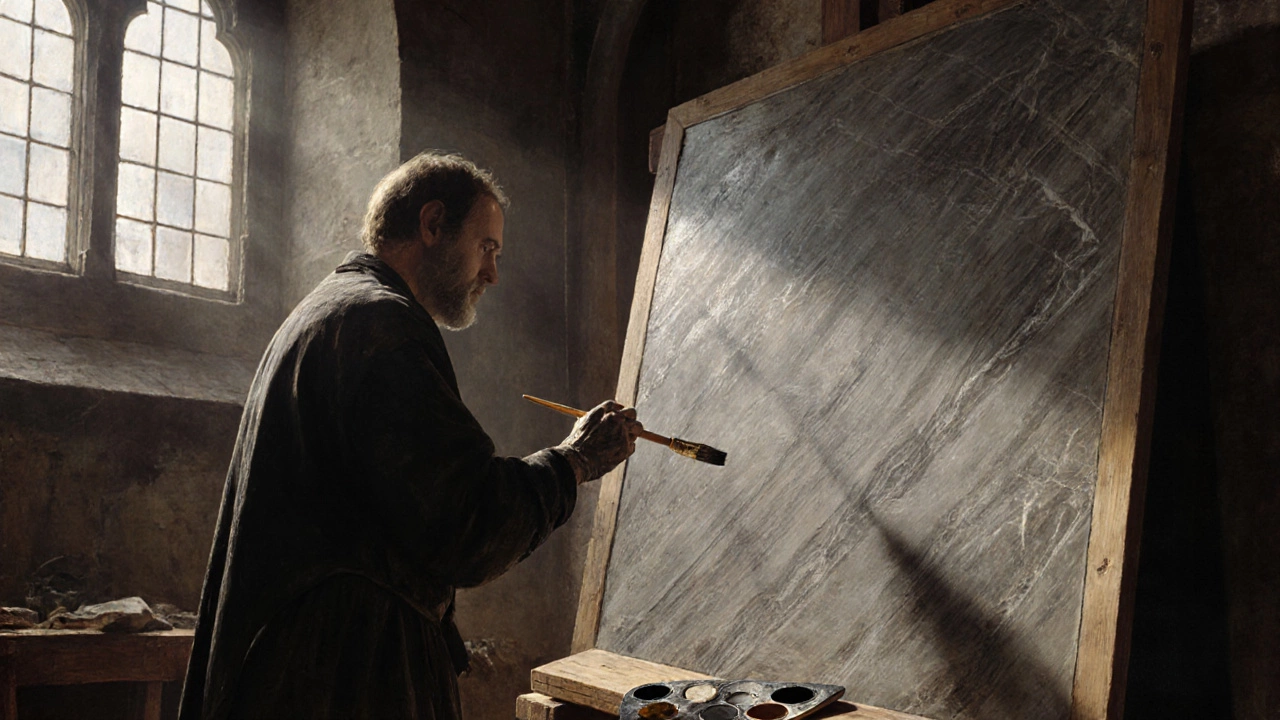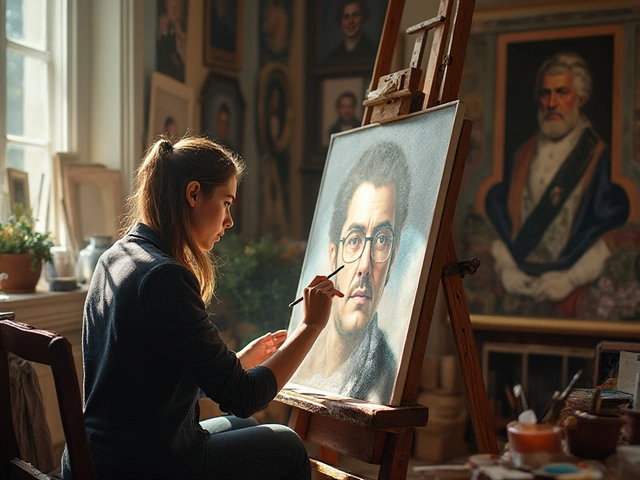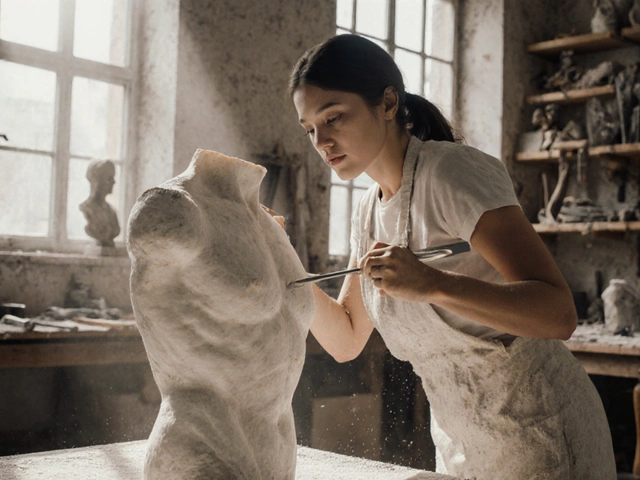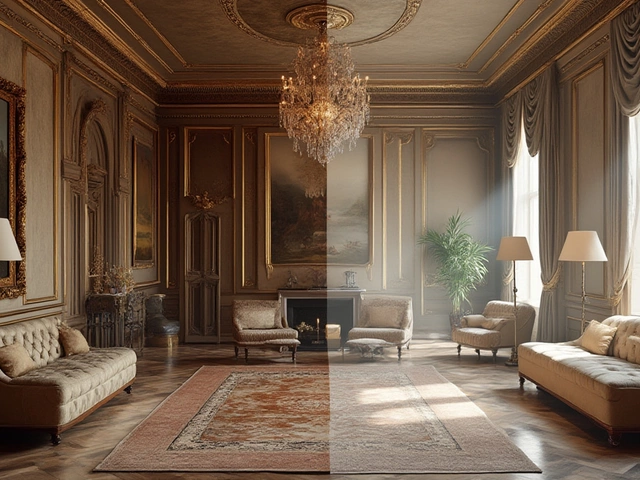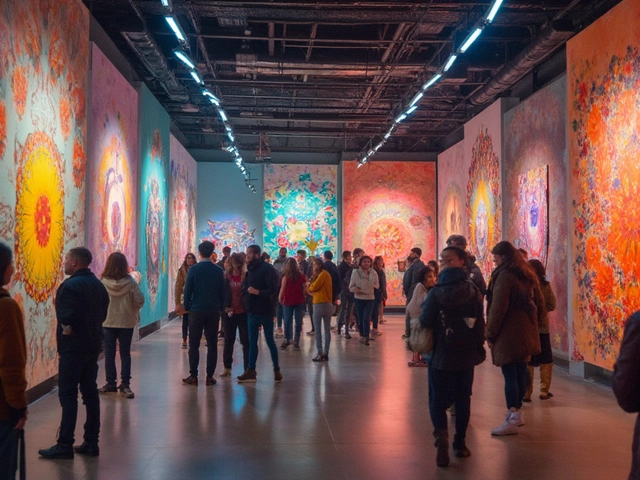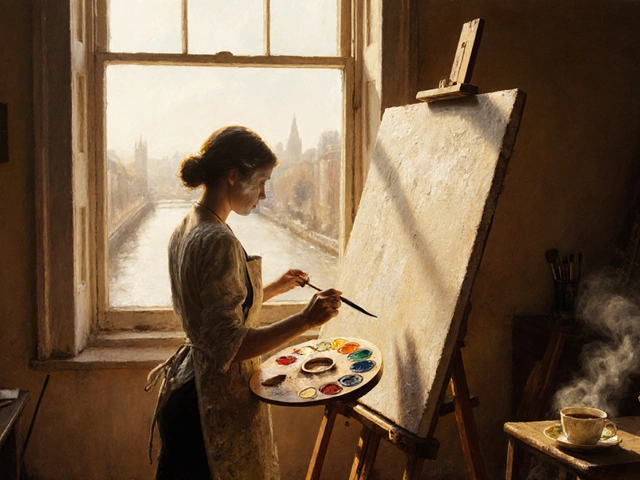Monochrome Painting: Mastering Art with One Color
When working with Monochrome Painting, a style that limits the palette to a single hue or tone, usually black, white, or a shade of gray. Also known as black‑and‑white painting, it forces artists to focus on value, texture, and composition rather than color choice. Monochrome painting encompasses a range of subjects from portrait painting to abstract studies, and it often requires a deep understanding of light and shadow. The approach requires solid control of value contrast, so every mark counts. Oil Painting, a medium prized for its rich, blendable texture frequently influences monochrome techniques because its slow drying time lets artists reshape tones over hours. Likewise, Portrait Painting, the practice of capturing a person’s likeness and character on a flat surface benefits from a monochrome palette, highlighting facial structure without the distraction of color. Choosing the right Painting Surface, the material—canvas, panel, or paper—on which the artwork is created also shapes the final look; a smooth paper brings fine grain details, while a textured canvas adds depth to broad strokes.
Why Monochrome Works and How to Get Started
Monochrome painting isn’t just a gimmick; it’s a study tool that sharpens an artist’s eye. By stripping away hue, you force yourself to judge a scene by its tonal scale, which improves overall drawing and painting skills. This method influences disciplines like collage, graphic design, and even digital art, where value mapping is key. Beginners can start with simple subjects—still life or a single‑lit portrait—using inexpensive supplies like a sketchbook and student‑grade acrylics. More experienced creators might experiment with glazing techniques in oil, building layers of transparent tones to achieve depth. Remember, the surface you pick changes how the medium behaves: a primed linen panel holds oil longer, giving you extra time to blend, while a heavyweight watercolor paper can handle heavy washes without buckling when you decide to go bold with black ink. Throughout every step, keep an eye on the relationship between light source, shadow edge, and reflected light; those three factors are the backbone of any successful monochrome piece.
Below you’ll find a curated list of articles that dive deeper into each aspect mentioned here. From choosing the perfect canvas for a portrait to mastering the “slow over fast” rule in oil, the collection is designed to give you actionable insights, real‑world examples, and practical tips you can apply today. Whether you’re just curious about the allure of black‑and‑white art or you’re ready to add a striking monochrome series to your portfolio, the posts ahead will guide you every step of the way.
Grisaille Technique Explained: History, Materials & How‑to Guide
Learn what the grisaille technique is, its history, materials, step‑by‑step guide and tips for creating striking monochrome artworks.
Continue Reading